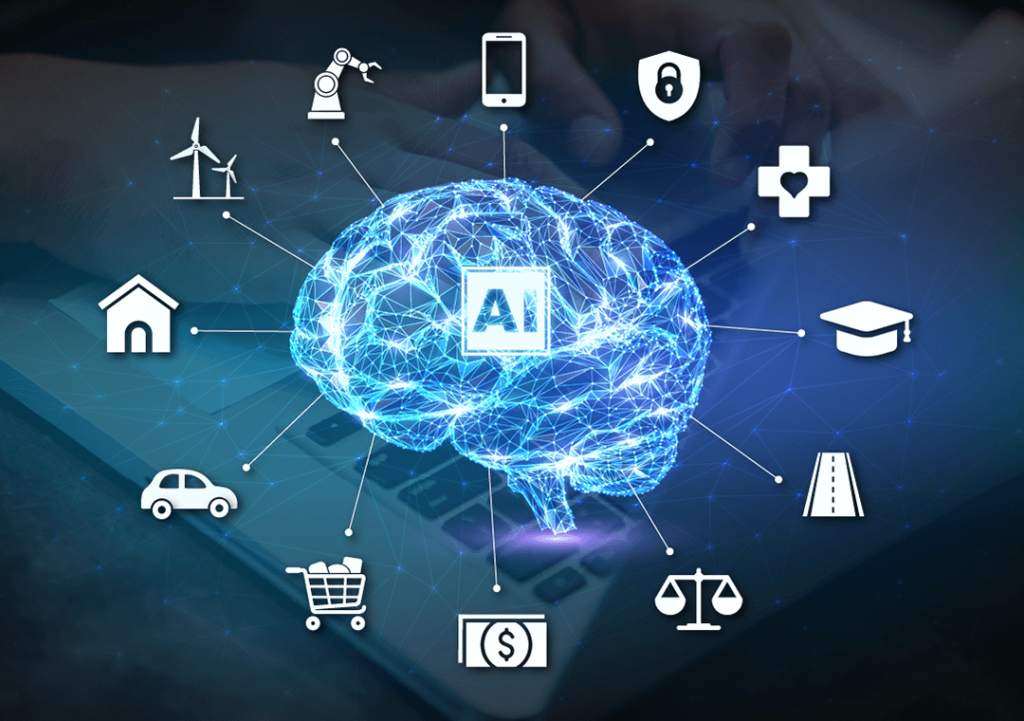Fix Battery Issues: Replace iPhone 11 Pro Max Battery in 7 Simple Steps
Battery degradation and normal use can lead to a decrease in the performance of your iPhone 11. If you’re experiencing issues such as an “service battery” warning or a boot loop, replacing your iPhone 11 Pro Max battery is an excellent solution.
The kit includes everything that you require to revive your device. It comes with a battery replacement, a screwdriver set, and plastic opening tools.
How do you replace iPhone 11 Pro Max Battery
A new iPhone battery is an ideal option to improve the efficiency of your device and increase its usage duration between charges. It’s a simple process that can be done by anyone using a few tools. It is crucial to take safety precautions when handling lithium-ion batteries to prevent electrostatic discharge. This will ensure the best performance and an easy experience.
The first step in replacing an iPhone 11 Pro Max battery is to shut off the device and remove the two pentalobe screws at the bottom of the display. Next, make use of a suction cup, or a plastic tool to lift the display slightly. Be careful not to harm the cables that connect the screen to the main board. Then, you can use an spudger to break loose the adhesive strips that hold the battery. The heat will melt the adhesive. Carefully pull the battery up until it is free. Be sure to pull in a uniform manner throughout the strip to ensure it doesn’t bend or get caught.
The cost for an iPhone 11 battery replacement varies depending on the provider and service options. Apple typically offers repair services for free under AppleCare Plus or warranty if the battery is less than 80 percent of its initial capacity. Some providers charge for repairs in the Apple Store, or shipping the battery to them to repair. Additionally, there could be additional costs for a new battery or other parts.

DIY iPhone battery replacement
A brand new battery is an excellent method to revitalize an iPhone which has been feeling sluggish and drained fast. Replacing an iPhone 11 Pro Max battery is straightforward and reasonably priced. However, it’s essential to be aware of the process before beginning.
Changing the iPhone battery requires opening the phone and taking out the battery before putting in an entirely new battery. It’s not nearly as hard than you believe. You’ll need the proper tools, though, including a screwdriver with a flat head and a small flathead. You’ll also require a high-concentration isopropyl alcohol.
After you have removed the Pentalobe screws using an screwdriver, you may make use of a suction cup and an opening tool for some slight lifting of the screen. Slide the opening tool along the edge of the screen to detach it from the other. Be careful not to harm any cables connecting the screen with the main board.
Once you’ve removed the battery you can reattach the Lightning flex cable connector to the logic board. You might have to open through the Taptic Engine connector, but this is much more secure than removing the connector from your phone and click here now https://dienthoainhanh.com/thay-pin-iphone-11-pro-max/ to understand more. Connect the Lightning Flex Cable, making sure it is properly aligned and does not snag any other components. Check the battery’s charge and fundamental functions.
Removal of battery for iPhone
If your iPhone is experiencing difficulties holding a charge, or seems to run slower than usual then you may need to replace its battery. Lithium-ion batteries, utilized in the iPhone are degraded over time and are rechargeable at a certain amount of times before they cease to hold charges. Apple has a built-in feature in the Settings app that lets you monitor the health of your battery, and will inform you when it’s time for you to replace it.
It’s possible to change the battery without harming your phone, or degrading the warranty. You could also make it yourself for only a small fraction of the cost Apple would charge you. But, you’ll need be equipped with a few tools. You’ll need a brand new battery, an screwdriver (including the correct size Phillips screwdriver) and plastic opening tools. Be sure that the battery you are using is compatible with your iPhone, and that it’s been charged up to 100%, and then discharged down to 10 percent.
Take off the two screws at the bottom of your phone using a Phillips #00 Screwdriver. Then, remove the bracket made of silver that holds the display ribbon. Make use of a spudger and then remove the second display ribbon. The spudger should be moved to the left of the screen. Then repeat on the right side. Be cautious not to get close to the edge of the screen since there are clips of plastic which could break if you use the spudger close to them.
How to repair iPhone batteries
Lithium-ion battery packs like those in iPhones are degraded over time. The batteries cease to charge and operate at their best. The built-in iOS feature (Settings> Battery > Battery health & charging) can track this degradation. If you’re experiencing more than 500 battery cycles on your iPhone, it is probably time to replace the battery with an Apple original battery or aftermarket replacement.
To replace the iPhone 11 Pro Max battery first, you must employ a suction cup to create a gap between the display and the case. After that, use the flat, stable tool to widen the gap. Use a spudger to drive it under the three connectors connected to the logic board in order to take them off and loosen them. Be careful not to harm the tiny components using your pry tool.
After you have removed the Lightning Flex Cable connectors, you must remove the three 1.3mm screws that secure the bracket plate on top of the Lightning Flex Cable set. Finally, remove the Lightning flexible cable and connector from the logic board by pulling it up on it gently.
Go to the Apple Support website to find out more about replacing an iPhone battery. There you can find more about authorized repairers’ prices, and other details. You can also make an appointment with an Apple retail store to have the battery replaced. If you’re not able to wait for an Apple repair center, you can fix your battery on your iPhone by yourself using iFixit’s high-quality parts and all-in-one iPhone repair kits for batteries. The repair will reduce the amount of e-waste generated and also saves money. Additionally, it comes with a reputable warranty.

